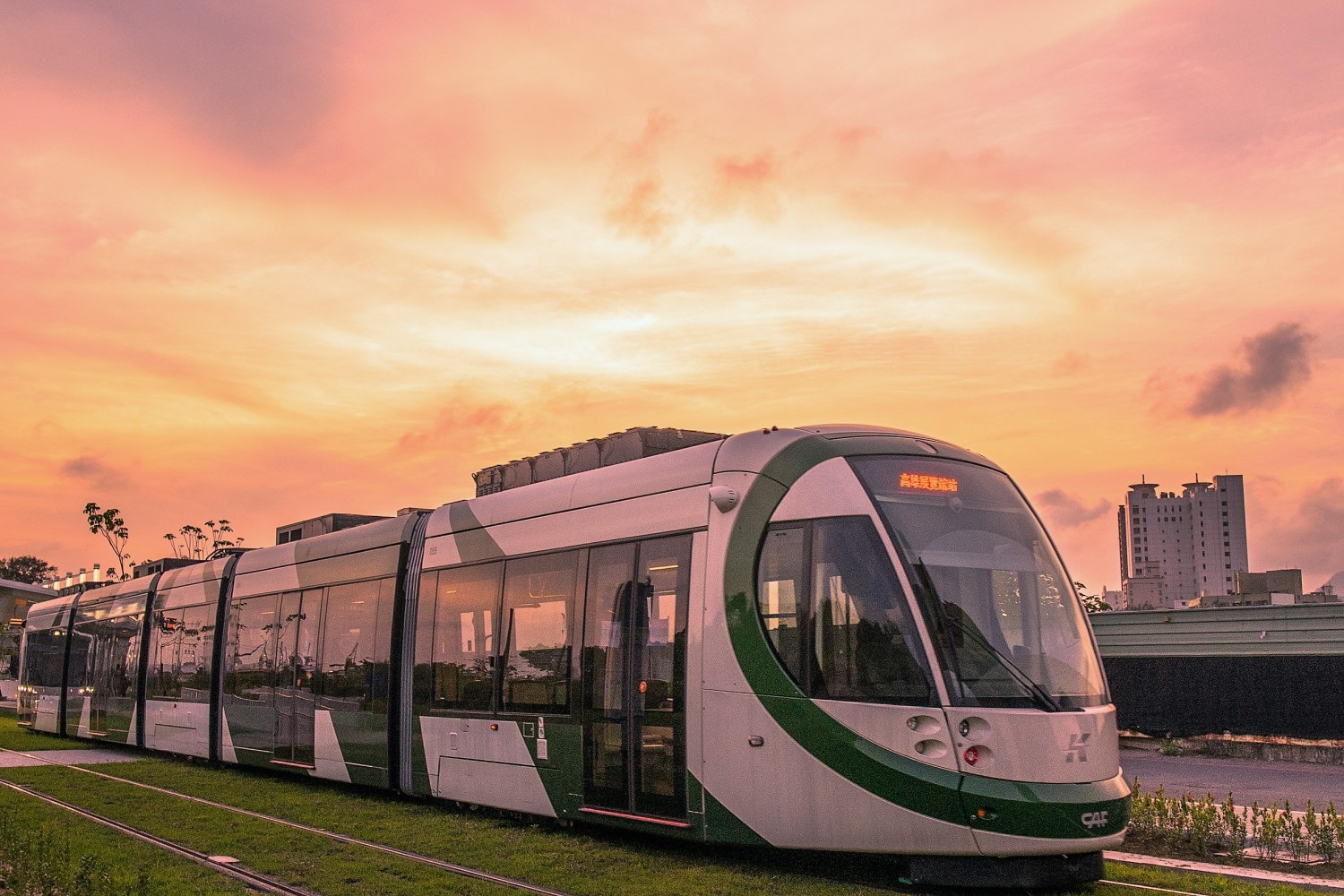
Hey candidates, if you expect to win in Mississauga, pony up $200 million for the downtown LRT loop
Of all the priorities the City of Mississauga has laid out in its current iteration of the Mississauga Matters campaign, Mayor Bonnie Crombie is thrusting the Hurontario LRT into the spotlight this election.
“They’re all of similar weight in value, but I would say certainly the loop in the LRT is very important to me,” Crombie said, in terms of what she’d like to tackle first. Back in March, the Crown agency Metrolinx, citing rising cost estimates since the alignment was approved almost a decade ago, cut the three-stop Hurontario loop around city hall and the Square One Shopping Centre out of the plans for the soon-to-be-built LRT. Sources have told The Pointer that the current cost to build the loop is in the $200 million range.
Some Mississauga candidates agree that restoring the loop should be a goal, such as Mississauga–Lakeshore Liberal incumbent Sven Spengemann, who told The Pointer he “would certainly advocate” for re-funding the original plan for the Hurontario LRT, which included the three-stop loop.
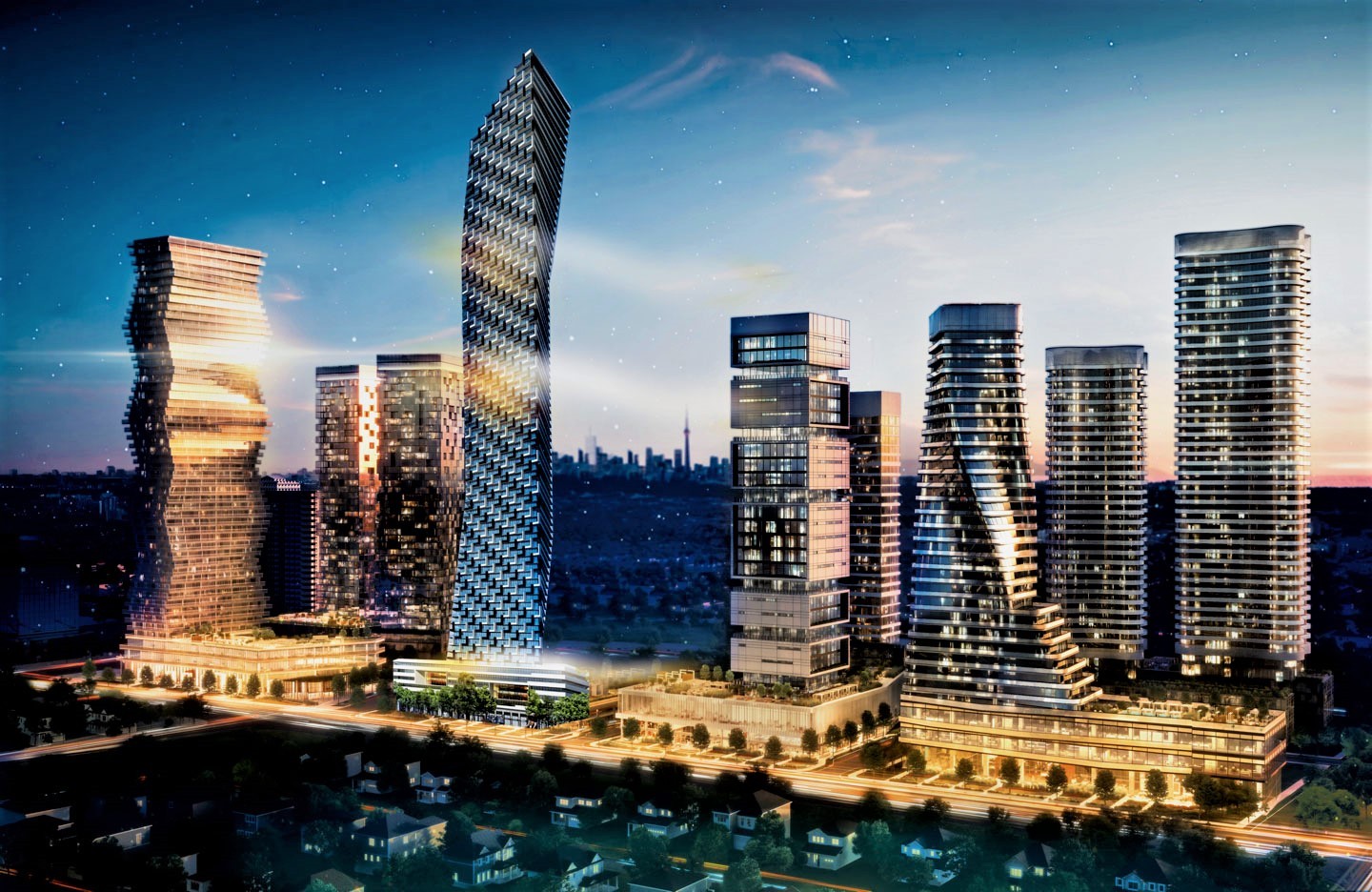
The downtown circle is a key part of the city’s aspiration to continue attracting major investment, such as the huge M City development by Rogers Real Estate, which could see as many as ten condo towers rise above the downtown core. City staff say the LRT will be a central attraction for a significant portion of the estimated $40 to $45 billion of new construction investment across the booming city over the next ten to fifteen years.
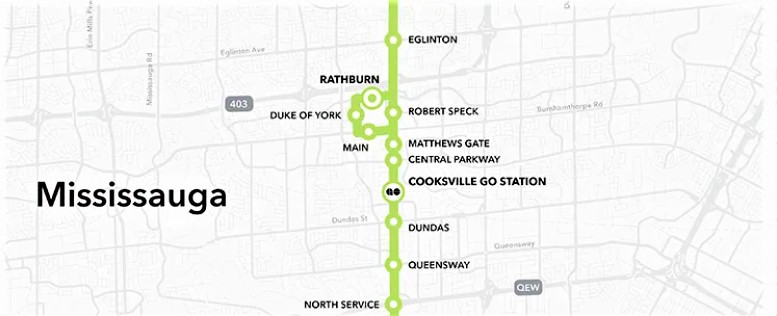
The three-stop downtown loop was removed from the Hurontario LRT plan by the province earlier this year because of rising cost estimates
But without features such as mass transit, unlocking that potential will be more difficult.
Now, Crombie and her team have a simple message for the major political parties running in the federal election: show us the money.
It has not flowed to Mississauga, where taxpayers contribute billions to federal coffers but have not seen their fair share in return. Under the federal Investing in Canada Plan, the government has a $188 billion infrastructure fund to help cities with essential assets needed to operate and grow. But while Edmonton, the country’s fifth largest city, has received more than $1.9 billion in infrastructure funding from Ottawa since 2015, including hundreds of millions for its LRT system, Mississauga, the country’s sixth largest city, has only received $77.3 million from the same $188 billion pool of money for infrastructure projects. Another $32 million has been promised by 2022 for the QEW-Dixie Road interchange project. On a per-capita basis, Mississauga should receive almost $1.2 billion from the federal infrastructure fund, over a decade. Edmonton has already received more than its per-capita amount, while many other cities across the country have also received far more, per-capita, than what has been given to Mississauga. This despite the reality that the city’s residents pay federal income taxes just like everyone else.
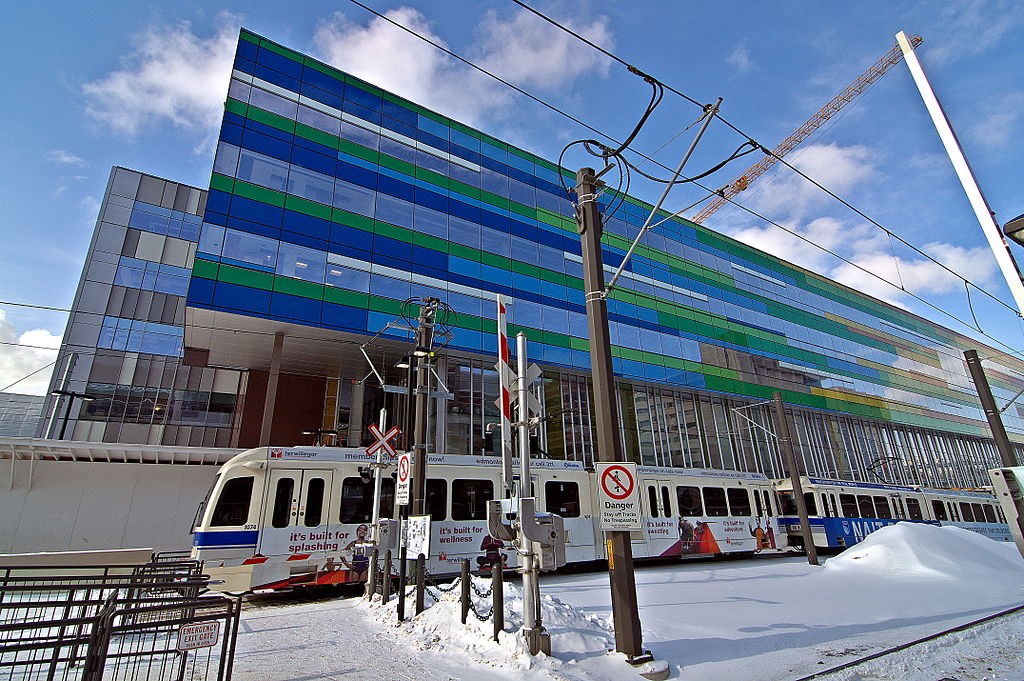
Edmonton's LRT system has received hundreds of millions of dollars in funding from the federal government since 2015
The LRT loop is just one aspect of the three top priorities for the City of Mississauga in the 2019 federal election. Infrastructure, transit/transportation and affordable housing are the core of this year’s Mississauga Matters campaign, which had a soft launch last Wednesday when Parliament was officially dissolved and the federal election campaign officially began.
“We ask our federal candidates, every party, to become familiar with the issues that matter to Mississauga,” Crombie told The Pointer on Thursday. “These are council-adopted priorities. But as well, these are concerns that we hear from our residents as well in our planning meetings, in our outreach meetings, in our town hall meetings. We want all candidates to become familiar with us, so they can advocate for them should they be elected.”
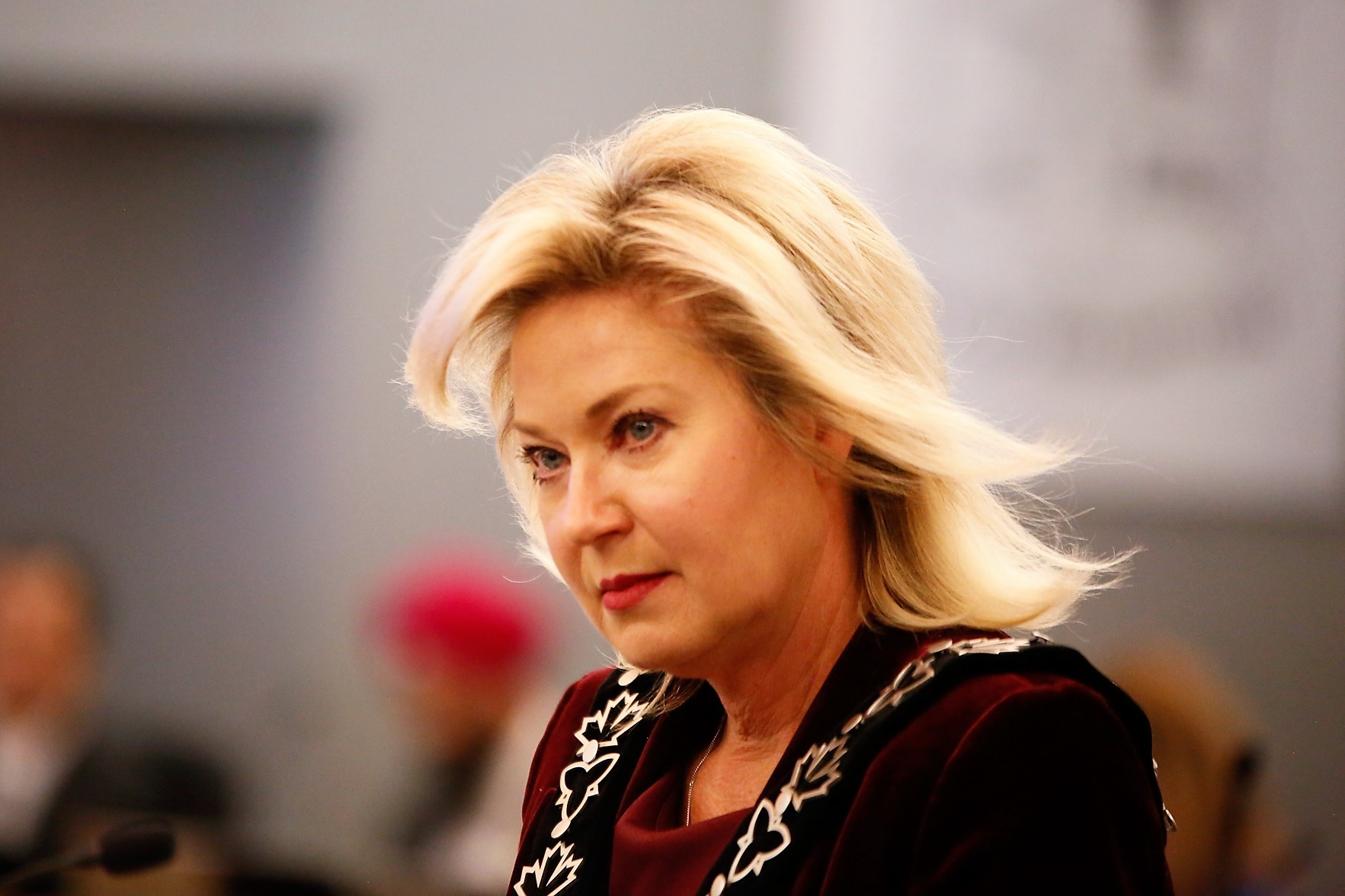
Mayor Bonnie Crombie
Some might question whether knowing how certain candidates are leaning on Mississauga issues might politicize the Mississauga Matters campaign.
“How I handle that is, I tell people to vote for candidates that support our priorities,” Crombie said. “I’m not endorsing anyone, but when asked, I tell people to vote for candidates that embrace our priorities, that support our priorities and understand that Mississauga matters.“
Rather than state a partisan preference, Crombie said she would “prefer to work with any party who will ensure that Mississauga matters.”
The Mississauga Matters webpage appeals to a “committed federal partner” to help fund public transit projects, such as “All day, two-way, GO service through Mississauga,” rapid transit from east to west in the city’s Lakeshore corridor, where massive waterfront growth is expected over the next decade; and a new transit terminal in downtown Mississauga connecting MiWay and GO Transit buses, as well as the Hurontario LRT.

The city is also asking the federal government to commit to doing more to close its infrastructure gap — which stands at roughly $258 million and could grow to $1.5 billion in the coming decade if ignored by higher levels of government — by “providing long-term, predictable and sustainable infrastructure funding.” Further, the city wants federal support for six of the 40 recommendations made in its “Making Room for the Middle” affordable housing strategy, to make 35 percent of all new housing either rental or affordable ownership for middle-income earners.
Crombie also said that, given the recent spate of violence in Mississauga, for example in Malton, where 17-year-old bystander Jonathan Davis was shot and killed last Saturday, her office has been fielding increasing calls for public safety and a push for a full police division in Malton, a cause being championed by Ward 5 Councillor Carolyn Parrish who has launched online and traditional petitions to help get the facility built as soon as possible. “We’ll probably do a little update, because as of right now, the key issues continue to be the same issues as always: infrastructure, transit/transportation and affordable housing,” Crombie said. “But just this past week, obviously, we have seen that spike and rise of violent crime. So that is an area that we’ll want to sensitize them to, as well — release the funding for guns and gangs is really the message.”
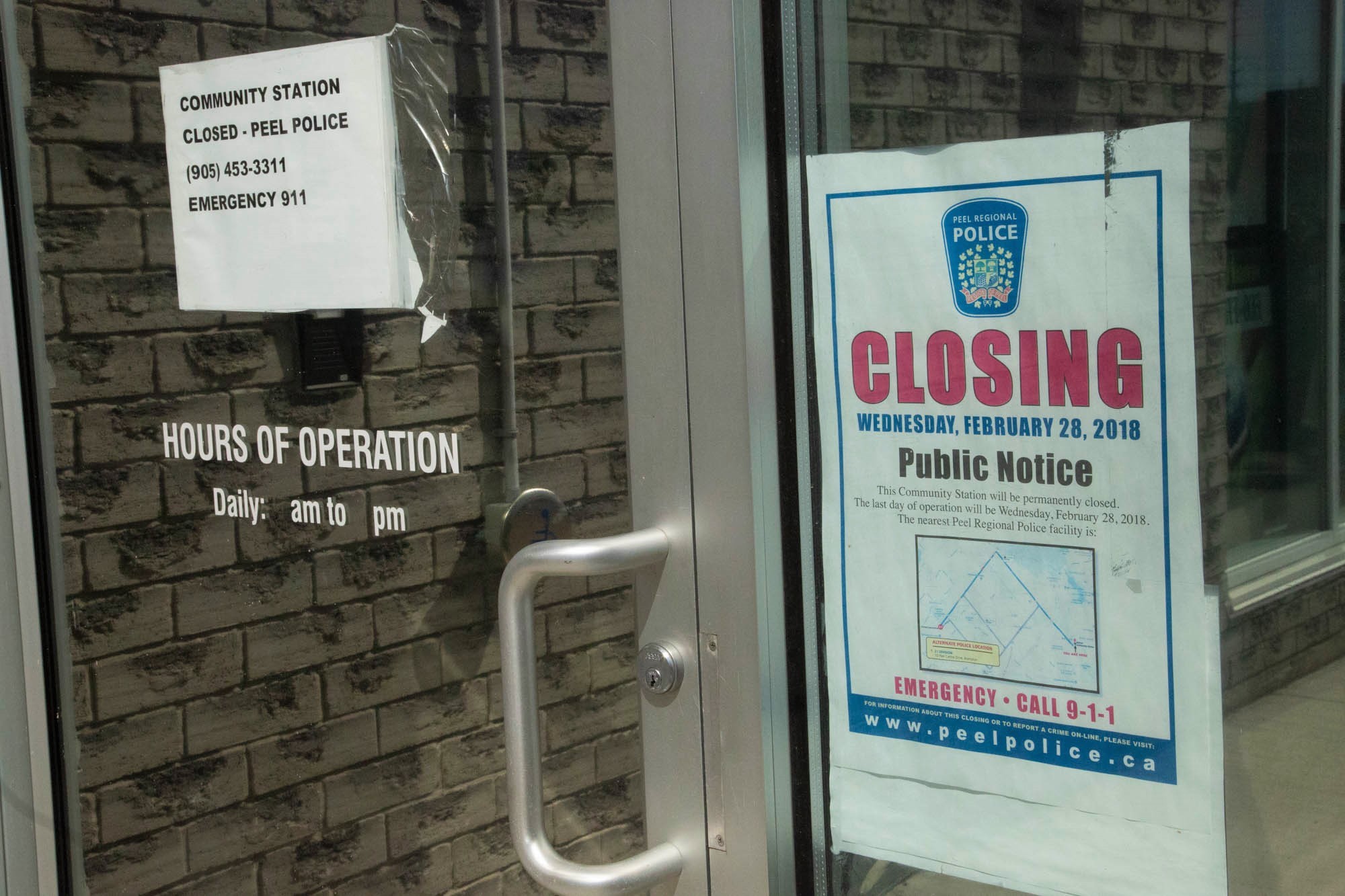
The Malton Community Police Station was closed last year due to funding issues
She said earlier this week that money from the federal guns and gangs strategy “hasn’t flowed down” to the municipalities experiencing rising violent crime. “The community is reassured that they’ll continue to be a priority with respect to safety, and that’s why I raised the issue of the full police station,” she said.
Email: [email protected]
Twitter: @dancalabrett
Submit a correction about this story


